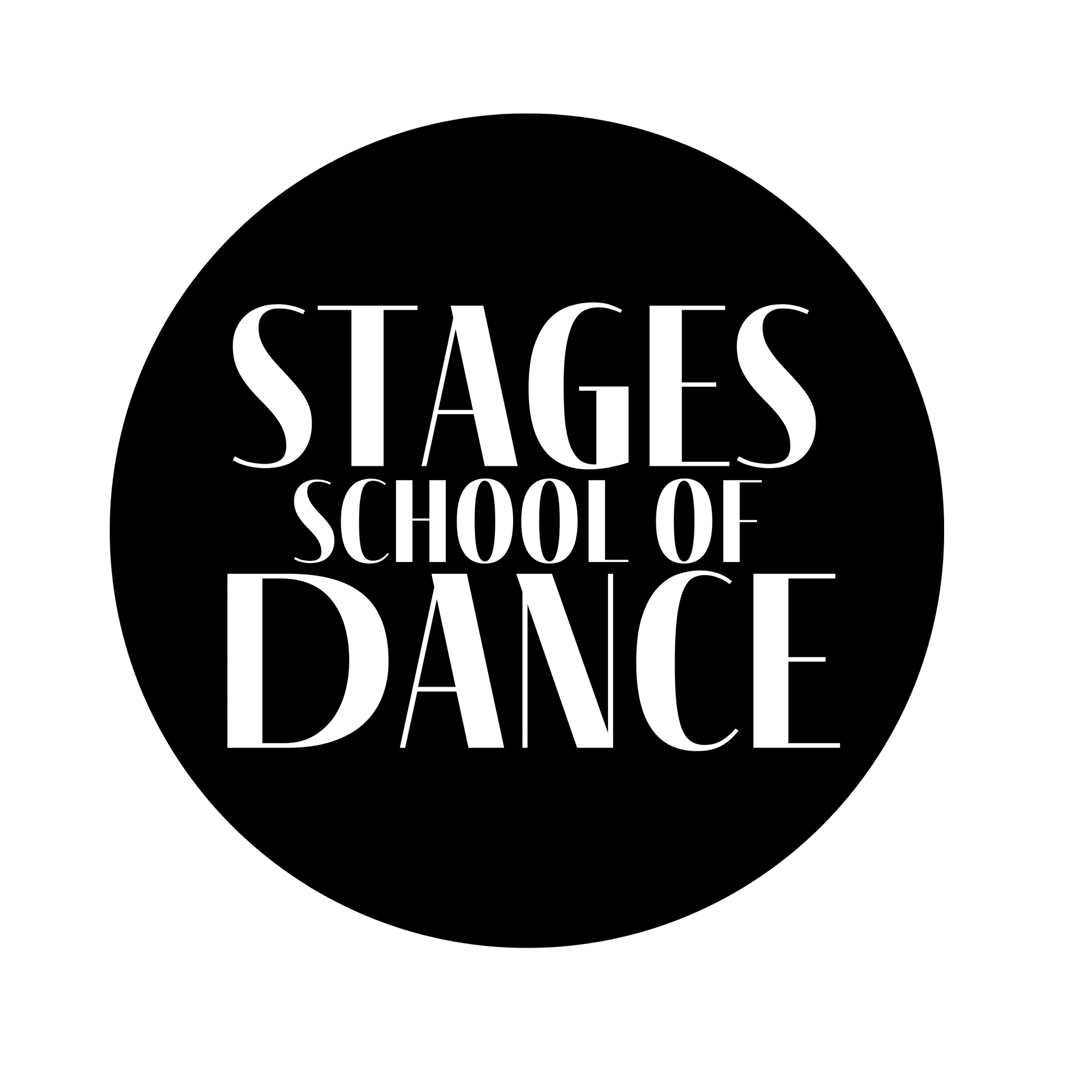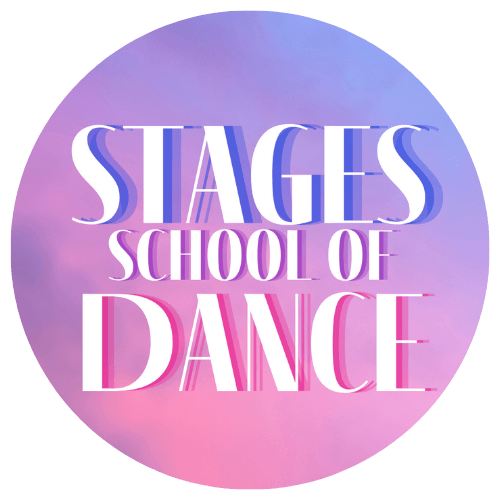Why Choose Dance?
By Sheri Green
Studying and training in the art of dance is an interesting, rewarding experience on many different levels: whether it’s for enjoyment, exercise, or to pursue a career. Dance offers each individual the opportunity to grow both physically and mentally while developing their artistic ability. The obvious benefits of studying dance are poise, posture, and physical fitness. It is a great form of exercise and helps develop muscle strength, flexibility, and increased coordination. The movements required for dancing can also increase your bone mass. Dancing helps maintain proper posture and body alignment and is a great form of overall fitness.
Dance is a tremendous amount of fun and a wonderful confidence builder for all dancers of all ages. Students learn self-discipline, commitment, and integrity through the practice of physical dance training. Personal growth is seen in dance students. It gives them a greater sense of poise and confidence in expressing one’s self through movement and has helped many overcome the fear of making mistakes.
Development of life skills is attained through physical dance training and artistic growth. Many students identify personal insecurities and work on them through dance. They gain self-confidence through achieving personal, physical, and performance goals. Students develop respect for themselves and others while learning to cooperate and work as a group. They develop a great sense of belonging through creative and group choreography as well as a strong sense of comradery and lifelong friends.
These are all areas that enhance and grow during dance training. Students learn to set goals and work toward attaining them. The experience of performing is one that benefits all students throughout their lives. Dance education cultivates the whole person while developing intuition, reasoning, imagination, and dexterity into unique forms of communication and expression.
The creativity involved in dancing provides an emotional outlet through which one can reflect feelings through body movement. Dance is a form of communication and can be used to achieve a multitude of purposes such as presenting issues and ideas, teaching or persuading, entertaining, planning, designing, and beautifying. Perseverance, collaborative spirit, and self-expression are attributes derived from dance that transfer to the rest of life.

